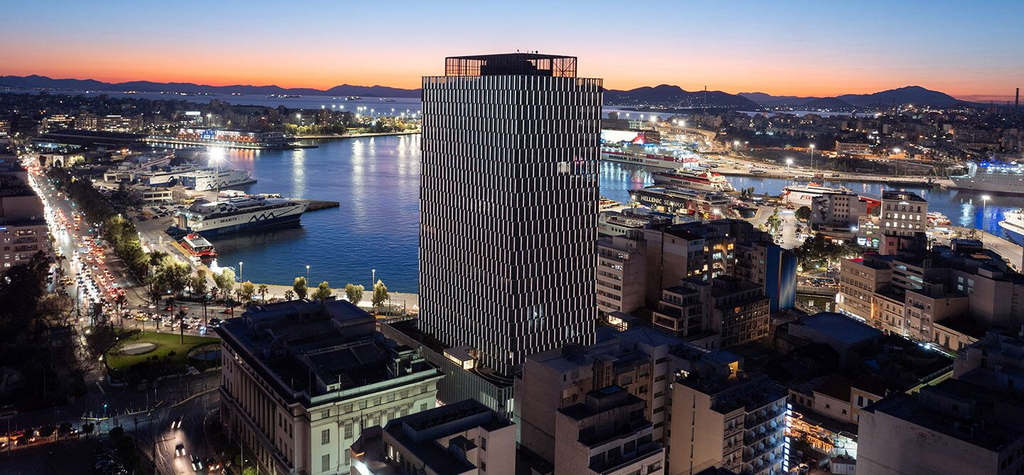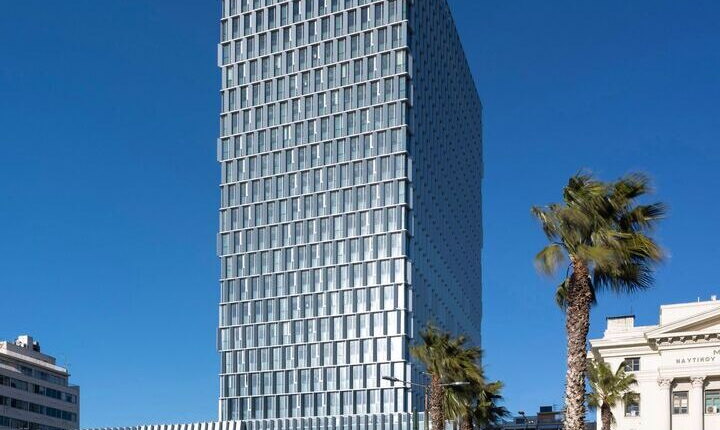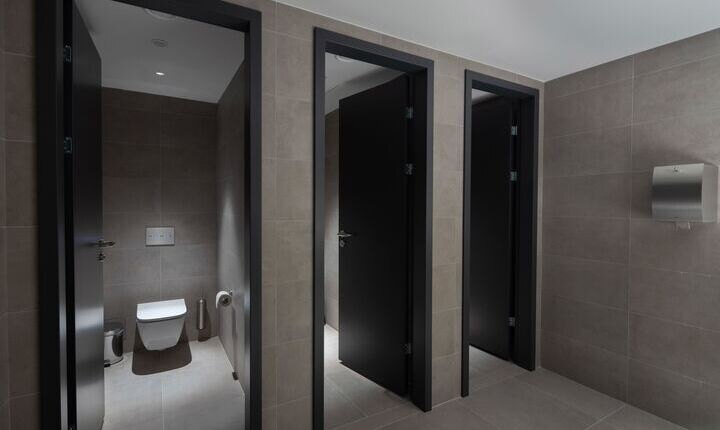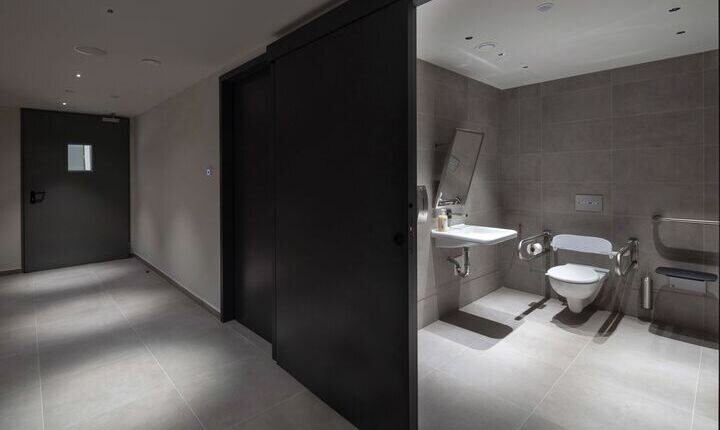
Welcome to the Piraeus Tower
Located at Europe's largest passenger harbour and just 12 km from Greece's capital Athens, the imposing Piraeus Tower rises up. With a generous 33,200 square metres spread over 22 floors, the tower offers a spectacular view over the picturesque panorama of the port. For years, this imposing architectural structure remained unused until the leading investors - property development company Dimand, international financial institution EBRD and Prodea Investments - recognised its special potential in 2020. Since its reopening in 2023, the Piraeus Tower has become a vibrant centre of attraction at the harbour - an extraordinary place that combines work, shopping, art and culture.

The "Ghost Tower" awakens to new life
The history of the Piraeus Tower is just as fascinating as its current appearance, dating back to the 1970s. In 1968, the then mayor A. Skylitsis demolished the historic market of Piraeus to make way for the construction of the tower. Originally conceived as a landmark in a rapidly developing international shipping and transport hub, the tower remained unfinished and abandoned for years. It was not until early 2020 that the tower, which has since become the "Ghost Tower", was given a new purpose: the renowned Athens-based architecture firm PILA won the competition for the ultimate transformation of the tower and its history was rewritten from then on. PILA's winning project promised to transform the existing architecture into a contemporary and dynamic landmark for the Piraeus neighbourhood: The façade was designed to blend seamlessly into the city's existing environment and enrich the lives of residents and tourists.
Pioneer as Greece's green skyscraper
The Piraeus Tower not only impresses with its exciting architecture, but also sets new standards for sustainable design and construction. Certified as the first "green" skyscraper in Greece, great importance was attached to environmentally friendly methods during its redesign. The result of a careful solar study was a special calibration of the vertical and horizontal louvres. The effect is a 45 per cent reduction in solar radiation. This contributes significantly to reducing the building's overall energy requirements, as cooling buildings in southern Europe in particular consumes an enormous amount of energy.
This pays off: The Piraeus Tower is aiming for the coveted LEED Platinum certification, the highest rating of the well-known evaluation system for environmentally friendly construction. Sanitary technology from TECE fulfils the highest standards of aesthetics and user comfort at the same time and perfectly rounds off the sophisticated design concept. In the public sanitary areas, TECEprofil toilet modules with Octa II cisterns were used, which not only stand for quick and easy installation, but also enable particularly quiet filling of the cistern thanks to the low-noise filling valve.


With an extremely shallow installation depth of 8 cm, the Octa II cistern is a real problem solver for challenging space conditions. Also installed in the tower: The touchless TECEsolid toilet electronics in brushed stainless steel. The integrated sensor of the electronics precisely recognises the touchless triggering of the dual flush technology and reliably distinguishes between user interactions and other processes - unintentional flushing is reduced. In addition, the integrated hygiene/interval flush programme ensures regular water exchange in the drinking water installation. This is particularly important in semi-public buildings where individual taps are not used regularly. Various intervals (24, 56, 72, 168 or 336 hours) can be conveniently set using the free TECEsmartcontrol app. Like the manual version of TECEsolid, the TECEsolid toilet electronics are extremely durable and have a robust construction with a 2 mm thick stainless steel surface. This means they can easily withstand the daily wear and tear of the high number of users and a long service life is guaranteed.
Pictures: Nikos Daniilidis
